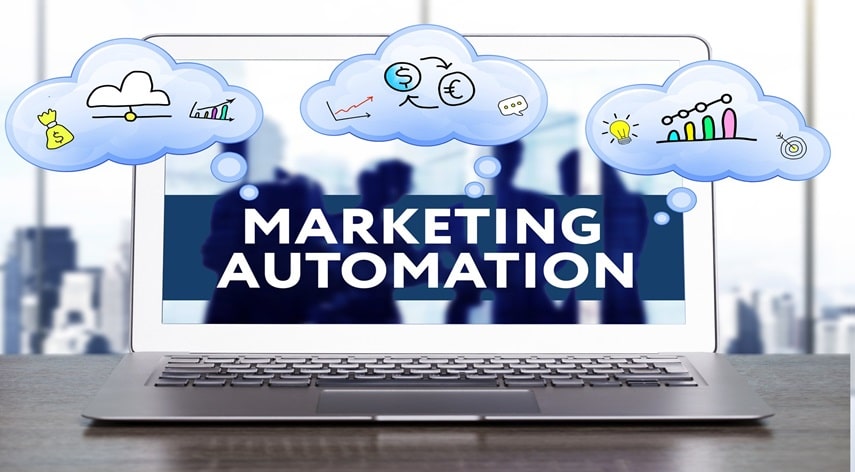User Attention Span in the Digital Age: How Many Seconds?

In the past 23 years, the average person’s attention span has decreased from 12 seconds to 8 seconds! Some experts blame this increasing attention deficit on social media and devices. Others say that these factors have always been present in humans and that it’s just easier to track with modern technology.
However, finding ways to grip a modern audience is much easier because the tech we have tracks user experience. Solving this problem is the key to successful digital marketing. Learn more about what affects modern attention spans and how you can grip viewers, readers, and users in this handy guide.
Table of Contents
ToggleWhere Baseline Attention Comes From
Attention is closely linked to dopamine in your body. Disorders and lifestyles that negatively affect attention all decrease dopamine either in the short or long term. Reducing stress and living a healthy lifestyle, amongst other things, also have a positive effect on a person’s ability to focus.
By looking at the different methods of improving attention, we learn that attention spans can be improved. Another thing to consider is that a person will focus on what’s in front of them if they find it pleasurable or meaningful enough to pursue.
Most people who can focus for hours on particular tasks weren’t born with an amazing attention span; they developed it (either in a general sense through training or just toward their particular interests). There are also contexts in which it’s much easier to focus for extended periods, such as driving a car or playing paintball. The overarching idea of all of this is that, in most cases, if you give people a reason and means to focus, they will focus.
Using This in Digital Marketing
Mounting pressures, constant distractions, and other such conventions of a modern lifestyle decrease attention spans in one of two ways. They either decrease the person’s dopamine levels or train them to switch rapidly between tasks (and sometimes both). The most gripping content online is content that addresses both of these issues.
Search Rankings
Improving your content’s ability to be found is the precursor to grabbing and holding the audience’s attention. You can get your webpage to rank higher in Google searches by using SEO techniques but also by making your webpage load faster. This will also reduce the chances of people clicking away because your website is too slow.
Improving internet speed and SEO are both ways of getting ranked higher in search. The higher your rank, the better the chance that your content will pop up on the first page when someone searches for those SEO keywords.
Funneling or Hooking Attention
Writers, videographers, and musicians all know about hooks. A startling opening line or image that demands to be seen. These are always presented in the first 10 seconds of a viewer visiting the page.
The name of an article is always a great place to put the hook. People tend to click on articles with more interesting names. Get this to work for you by making great SEO titles that also seem silly, interesting, absurd, or flashy in some way.
Hooking your audience’s attention is easy enough. Few content creators realize that they also need to tidy up their web page so that the hook really is the first thing a viewer sees.
You can “funnel” the viewer toward your hook by decreasing webpage load times and decluttering the page so that nothing else is distracting from the point. In video content, this also means that you shouldn’t put ads or promotional reads before the hook.
Also, consider limiting the use of pop-up ads. Having boxes spring up competing for the reader’s attention most commonly angers them or stresses their brains. This goes back to making your page dopamine friendly.
Breaking Up the Words
Most internet users like to skim through the articles they read. Publishing articles with massive walls of unbroken text will turn many people away from your webpage. The key to holding someone’s attention is to write content that is easily skimmed through.
To do this, start by writing one paragraph for every idea or point you wish to bring across. Each paragraph should be between 1 and 3 sentences long. Most of the sentences should be short, to the point, and consist of easy words.
When putting graphics or images between text, be sure to choose striking images or graphics that make the readers ask the same question as the header. Then answer the question in the text.
Purpose and Value
Understanding your audience well enough to fill your content with what they find useful and valuable is another way to maintain their attention. Achieve this by opening with the benefit or a description of how you aim to solve a particular problem.
The content beneath should then speak to them about how your product or service will add value to their lives. Every word of yours then serves the overarching purpose of helping the reader through something they identify with.
Use of Colors
Using colors on your website can bring a lot of life to your user experience. We are culturally programmed to associate certain emotions with certain colors, for example, how red means danger and passion.
Including colors or images with color gradings that match the content can put your reader into the right frame of mind. In this state, their brains no longer have to work as hard to intuit the appropriate meta-meaning. This also provides them with something to glance at briefly (as our easy are never stationary) while staying focussed on the broader content.
Designing Attention-Friendly Content
Attention spans are indeed dwindling in the 21st century. While there are interventions and ways to combat this problem, there are ways to work around it while it persists.
Designing content for a short attention span is a matter of creating a positive and friendly user experience. Decreasing load times, decluttering, breaking up the writing, and giving pictures are all ways to achieve this. Giving a hook at the start and meaningful information throughout the content also goes a long way in gripping your readers.
If you want to learn more about sculpting a masterpiece of a digital marketing campaign, you need fresh business guides. Check out our business blog to get the best free business advice.
Biplab Chakraborty is a dynamic Digital Marketing specialist with a passion for driving online success. With a keen understanding of market trends and a strategic approach, he excels in creating impactful digital campaigns. Biplab is dedicated to maximizing brand visibility and engagement through innovative digital strategies.
Recommended For You
Spread the loveIn the dynamic realm of online advertising, the role of a proficient Google Ads management team can be
Spread the loveStepping into the world of marketing without a firm grasp of copywriting frameworks is like embarking on a
Spread the loveMarketing automation has become crucial for small businesses in today’s competitive landscape. It has become necessary for businesses





